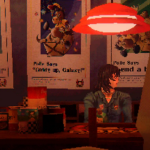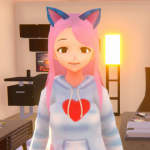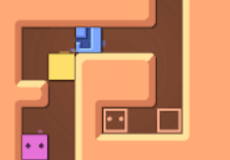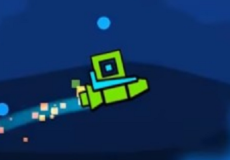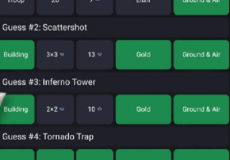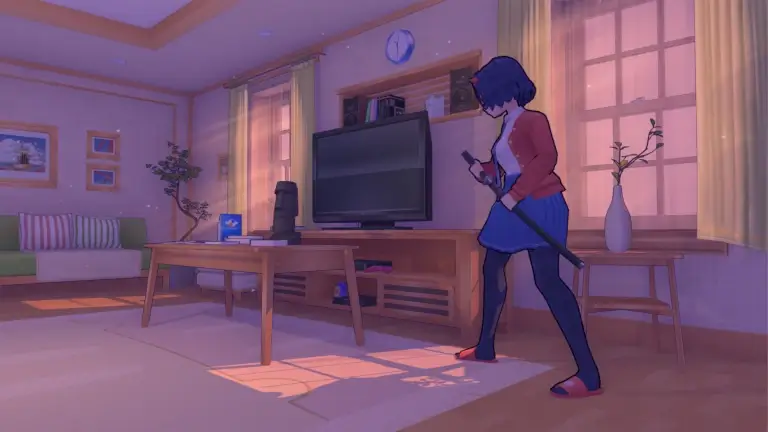

Universe Sandbox
Advertisement
Universe Sandbox is a space simulation software that models the movement and interaction of astronomical bodies according to physical laws. The player can observe, modify, or create systems such as planets, stars, and galaxies. The simulation runs in real time or accelerated time, showing how mass, gravity, and velocity shape the structure of space. Users can experiment with realistic parameters, creating scenarios that reflect both known physics and speculative possibilities. The design combines an educational framework with open-ended simulation, allowing full control of cosmic variables.
Advertisement
Similiar games
Universe Sandbox is a space simulation software that models the movement and interaction of astronomical bodies according to physical laws. The player can observe, modify, or create systems such as planets, stars, and galaxies. The simulation runs in real time or accelerated time, showing how mass, gravity, and velocity shape the structure of space. Users can experiment with realistic parameters, creating scenarios that reflect both known physics and speculative possibilities. The design combines an educational framework with open-ended simulation, allowing full control of cosmic variables.
Simulation Framework and Mechanics
Universe Sandbox operates through a system of dynamic physics calculations. Every object follows Newtonian and relativistic principles depending on settings, meaning that orbits, collisions, and energy transfer occur in consistent mathematical ways. The interface allows pausing, rewinding, and adjusting simulation speed. Players can alter properties such as mass, density, orbital path, and temperature. Environmental factors such as radiation and atmospheric change can also be introduced to study planetary stability. The program’s physics engine continuously updates all elements, ensuring that every modification affects the surrounding system.
Core simulation features include:
· Real-time gravity and collision modeling
· Custom object creation and modification
· Climate and atmosphere simulation for planets
· Stellar evolution based on mass and age
· Integration of real astronomical data sets
These components form a continuous interactive model of the universe where each experiment produces measurable change.
User Interaction and Experimentation
The control system of Universe Sandbox prioritizes direct manipulation. Objects can be selected, dragged, or duplicated to construct new configurations. A single change in orbit or rotation speed can destabilize entire systems, demonstrating interdependence between celestial bodies. The simulation tracks kinetic energy, temperature variation, and trajectory prediction in visual form. Users may test hypotheses such as planet formation, asteroid impact effects, or binary star dynamics. The balance between control and consequence is central—every adjustment carries an observable reaction in the system’s structure.
Application and Educational Use
Universe Sandbox is often used in academic and scientific contexts to visualize astronomical processes. Teachers apply it to explain concepts like orbital mechanics, gravitational influence, and tidal forces. It can also model large-scale phenomena such as galaxy collisions or supernova formation. Because it integrates real space data, it allows comparison between simulated and observed results. Beyond education, it serves as a creative environment for constructing theoretical systems or exploring alternate versions of the Solar System.
Discuss Universe Sandbox

